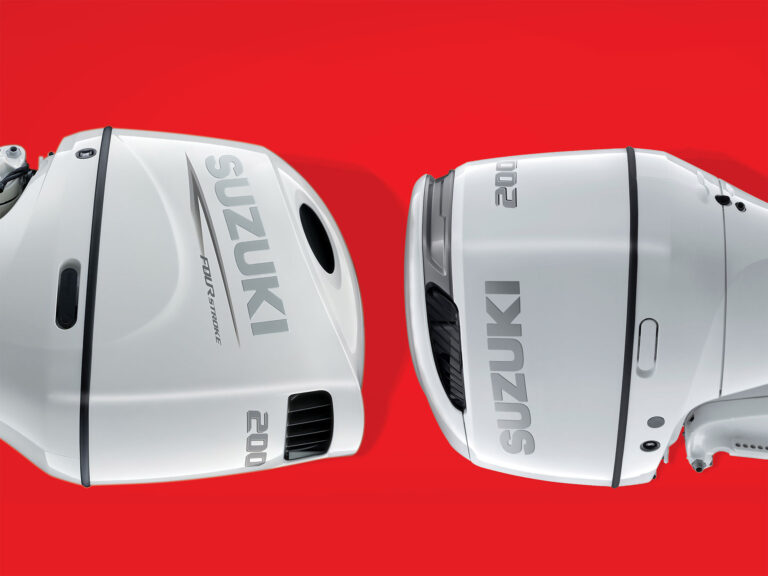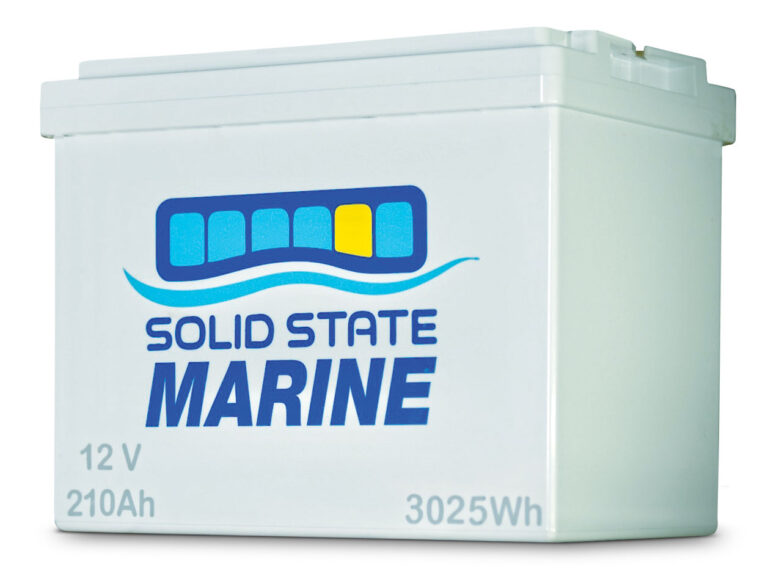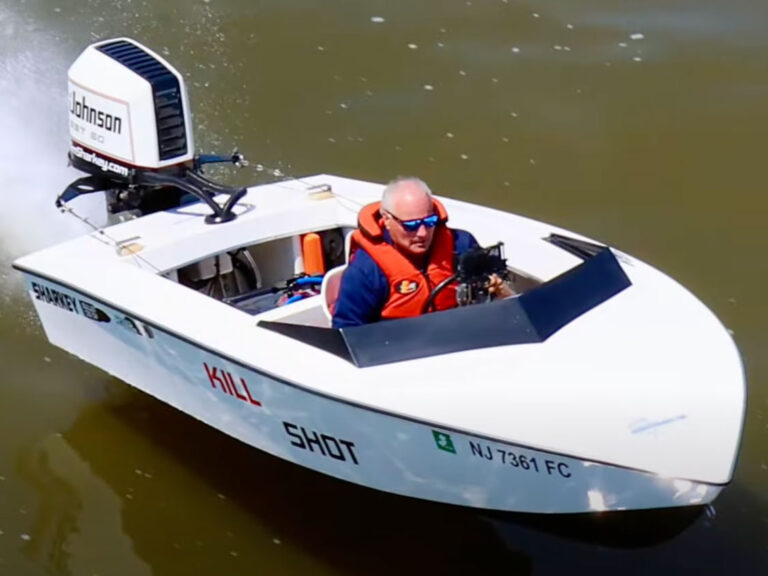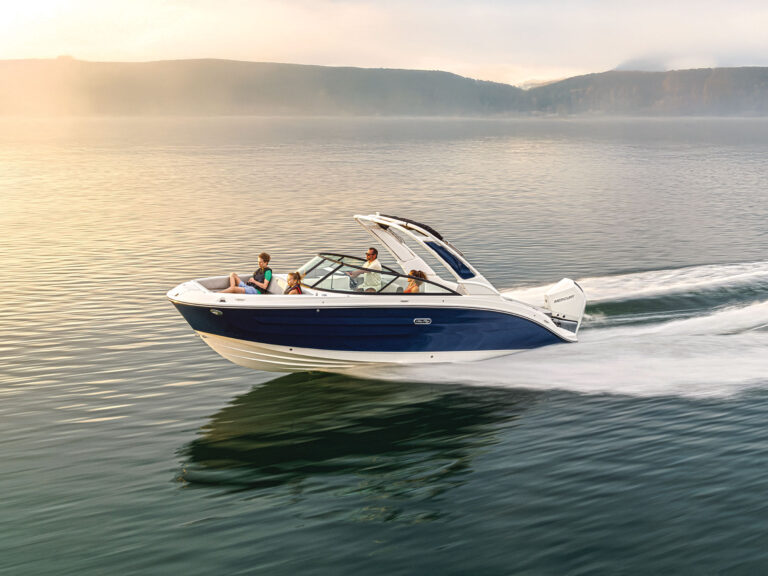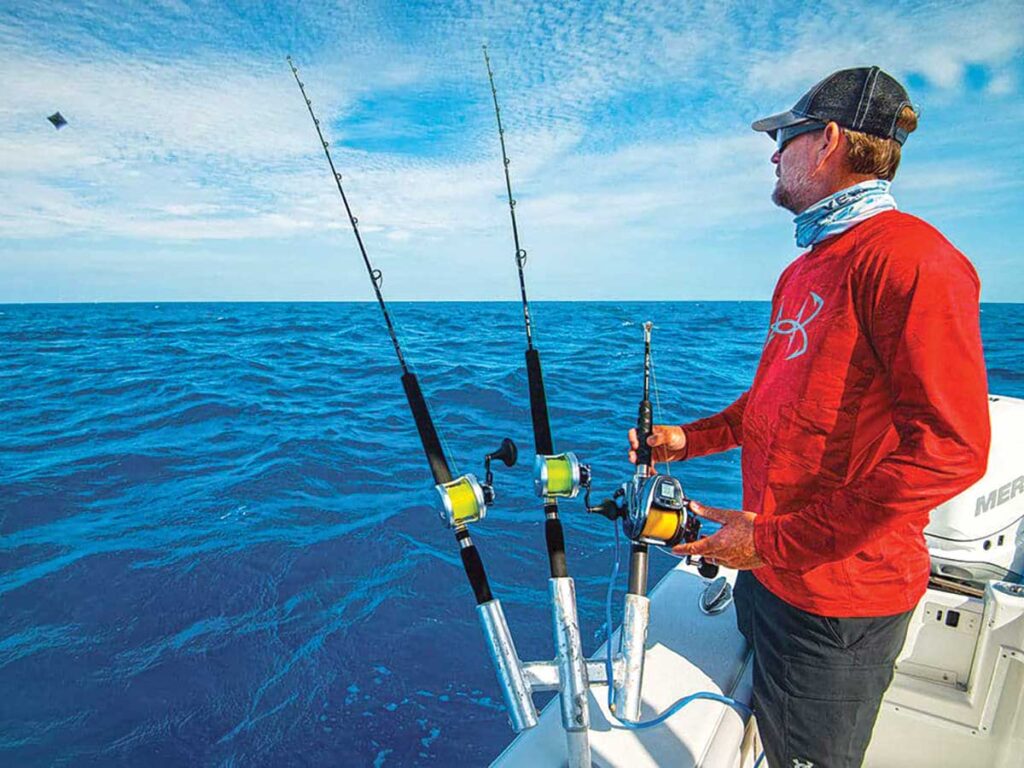
As waters grow crowded with boating anglers, captains need to be aware of lines fished at distances from the boat. The converse also holds true: Anglers should respect and avoid interfering with general boating activities.
The key for both lies in recognizing these situations and steering wide berths. When it comes to angling activities, here are four situations you’re likely to encounter.
Kite-Fishing
Kite-fishing is a saltwater technique used primarily to present live baits on the surface downwind from the boat. Kites can also be used to troll lures such as flying fish imitations at the water’s surface. The key element to remember here is that the fishing lines hang roughly vertically from the kite lines flown far from the boat.
The Atlantic Ocean off South Florida represents a hotbed for kite-fishing for sailfish, mahi and other species, so be particularly aware when cruising through these waters. If you see a drifting boat such as a center-console or sport-fisher, search downwind for one or more kites flying high. They are usually bright colors and might have big helium balloons attached. Multiple fishing lines will be hanging from the kite line. For everyone’s sake, you don’t want run into them, so steer well wide of the kites.
LongLine Trollers
New saltwater fishing techniques emerge each season, and one that has hit West Coast waters is longline trolling with high-speed lures such as the Nomad Design Mad Macks. Highly effective for big Pacific bluefin tuna, it calls for trolling with 100 to 300 yards of line out behind a boat running between 10 and 14 knots.
In crowded waters, this can become problematic when another boat crosses behind a high-speed troller and wraps the longline in its running gear. So while cruising offshore, keep an eye out for boats moving much faster than normal trolling speeds. If you spot one, look for one or more lines streaming astern. If it’s crossing in front of you, slow down and let it proceed well past you. Alternately, give it a very wide berth astern—at least 300 yards—before resuming your original course.
Planer Boards
On some lakes and rivers, slow-trolling with planer boards is a popular technique among walleye and salmon anglers. With this method, a fishing line is attached to a floating board that angles out to the side, where fish are less likely to be spooked by the boat. Anglers might fish four or more lines, each on a planer board as far as 40 to 60 feet abeam of the boat.
Issues arise when another boat comes in a little too close. Whether just putting along or running at speed, you can snag the planer-board lines and wrap them in the propeller. The trick here is to look closely for the brightly colored boards, which are often red, yellow or white, out to the sides of a slowly moving fishing boat or even a pontoon. Give the troller a wide berth. In addition, slowing down to no-wake speed is a courtesy I like to extend whenever I encounter boaters engaged in fishing activities.
Read Next: Practice Proper Fishing Etiquette
Hooked Fish
Big, powerful fish rarely cooperate once they’re hooked. Some, such as tuna, fight in the vertical, but others, such as marlin, sailfish and tarpon, run out and away, peeling lots of line off reels. The problem is, other nearby boats, not realizing a boat is hooked up, sometimes drive between the angler and the fish, cutting the line. Heated confrontations usually ensue.
The solution is to pay close attention to other boats in the area and what they are doing before approaching. A pair of binoculars can help in assessing the situation. An angler pulling on a bent rod serves as a big tipoff. Shift your gaze in the direction that the rod is bent to determine where and how far out the line extends, knowing that sometimes there’s a “belly” in the line, so the rod might not be pointed directly toward the fish.
With billfish and tarpon, you may well see the fish jumping and splashing at the surface. Whether you see the fish or not, steer well wide of the angling action and give the other boat a chance to land the prize without entangling or cutting the line with your prop.





